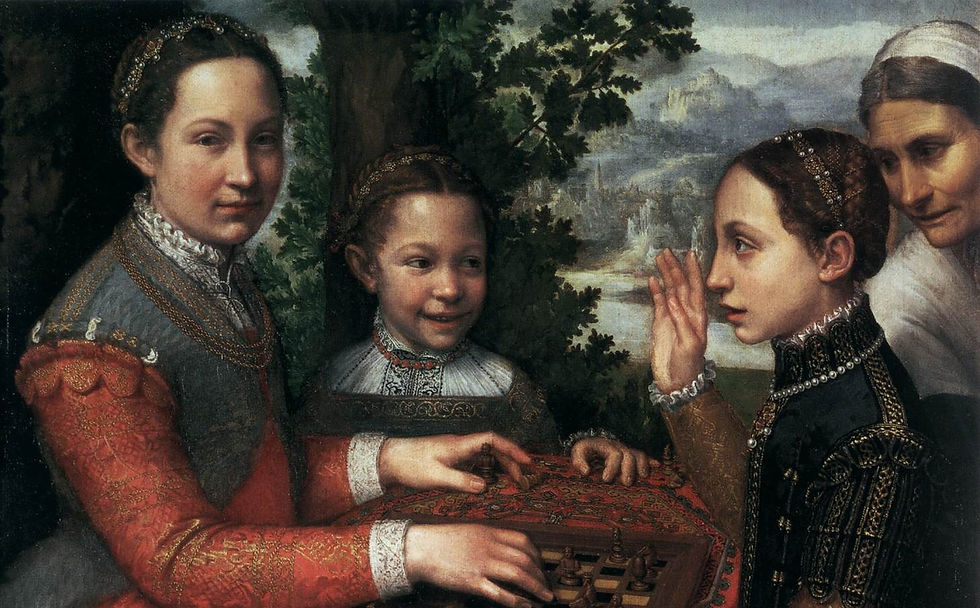Courses
Private art history study courses or lectures can be delivered online or in-person by Renaissance Art History Cambridge to suit the interests of both individuals and a particular group, covering a wide range of periods and schools. Please see opposite for a list of sample topics and contact us for further information.
"I have found the whole course absorbing & very thought-provoking...
thank You."
1
At Home in Renaissance Italy
Examining the collection and consumption of domestic objects during the fifteenth and sixteenth centuries, we will enter the Italian palazzo or casa and study a variety of artworks/objects in context. From banquets and studioli to marriage, devotion, childbirth, women and beauty, glimpse into the private lives of Renaissance Italians!
2
Jews in Renaissance visual culture
Beginning with an investigation of anti-Jewish iconography in Christian art, we will go on to consider the depiction of Jewish figures in Venetian paintings and assess demonising paintings of Jews in the palaces and churches of Mantua, Ferrara and Urbino. We will also reflect on the Jewish badge (the 'yellow O') in Italian Renaissance art and the architecture of the Venetian ghetto.
3
Women and art in early modern Italy
Whether as a ‘stand-alone’ lecture or course, we will situate the role of women in Medieval, Renaissance and Baroque Italy, as patrons, consumers, and as producers of art. Moving beyond "superwomen" like Isabella d'Este, we will assess how independent women really were when it came to commissioning works of art. We will then think about medieval women mystics who relied on images to inspire visions. Finally, we will consider works by female artists such as Sofonisba Anguissola, Plautilla Nelli, Lavinia Fontana and Elisabetta Sirani, examining their career strategies and the different ways in which they managed to overcome the social and professional restrictions particular to their gender.
4
Raphael of Urbino
Raphael is regarded as one of the greatest painters of all time, and in this lecture we will review his life as well as the themes, styles and techniques of his art. Tracing his path from Urbino to Florence and finally Rome, we will scrutinise his religious and classical compositions, his portraits, and his magisterial frescoes in the Vatican Stanze. We will delve into and celebrate the stunning virtuosity of this prolific artist!
5
Mantua's Renaissance splendours
Ruled by the fast-living Gonzaga dynasty, who brought into being through their patronage some of the finest buildings and works of art of the Renaissance, we will discuss some of the artists, architects and musicians who added to the fame of the court. From Andrea Mantegna's frescoes in the Camera degli Sposi and Giulio Romano's lavish decoration of the Palazzo Te, to the musical compositions of Claudio Monteverdi and Salamone Rossi, we will enjoy the sights and sounds of court life in Renaissance Mantua.
